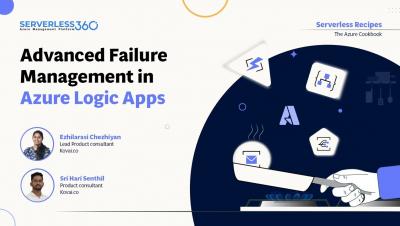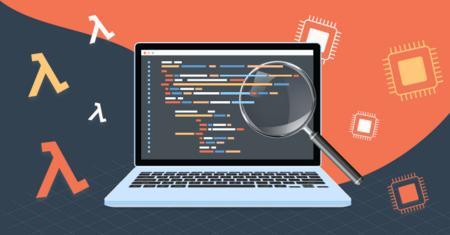Operations | Monitoring | ITSM | DevOps | Cloud
Serverless
The latest News and Information on Serverless Monitoring, Management, Development and related cloud technologies.
Download Azure Service Bus messages using Serverless360
Distributed tracing for Azure - Spot failures in the message flow
Introduction to Azure Logic Apps
Advanced Failure Management in Azure Logic Apps
Distributed Tracing: Build vs. Buy
With serverless and containerized applications becoming a norm, workloads and integrations are spread across multiple cloud environments. As these apps become increasingly more distributed, monitoring also becomes more complicated with siloed and incomplete telemetry. This is where distributed tracing brings great value. It enables end-to-end visibility in your modern and complex application.
Observing AWS Lambda IOT devices
The internet of things is one of my favorite topics. IOT enables low-powered connected devices that opens gateways from the digital to the real world. While I love tinkering away with an Arduino sketch and the latest Espressif or Arduino board, there is always an air of frustration when trying to build out what at first seems like simple functionality using one of these “smart devices” because of the limited view we have into their operations.
Getting started with Azure API management health check
Better Lambda Performance with Lumigo and the Serverless Framework
Lambda is the glue that holds serverless architectures together. Before its release, most users felt it was a matter of luck as to whether AWS would let you connect a service to another. If not, you had to spin up a VM or a container to transform the events from one service in a way that your target service could handle them. Since Lambda was easier to set up, people assumed that all code they would deploy on it would run faster and cheaper than on other compute services.











